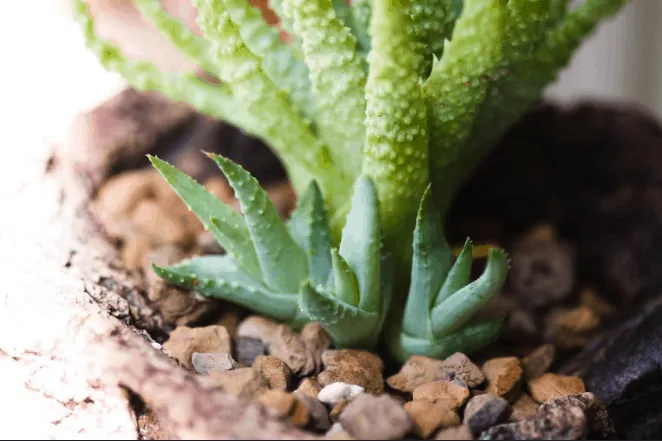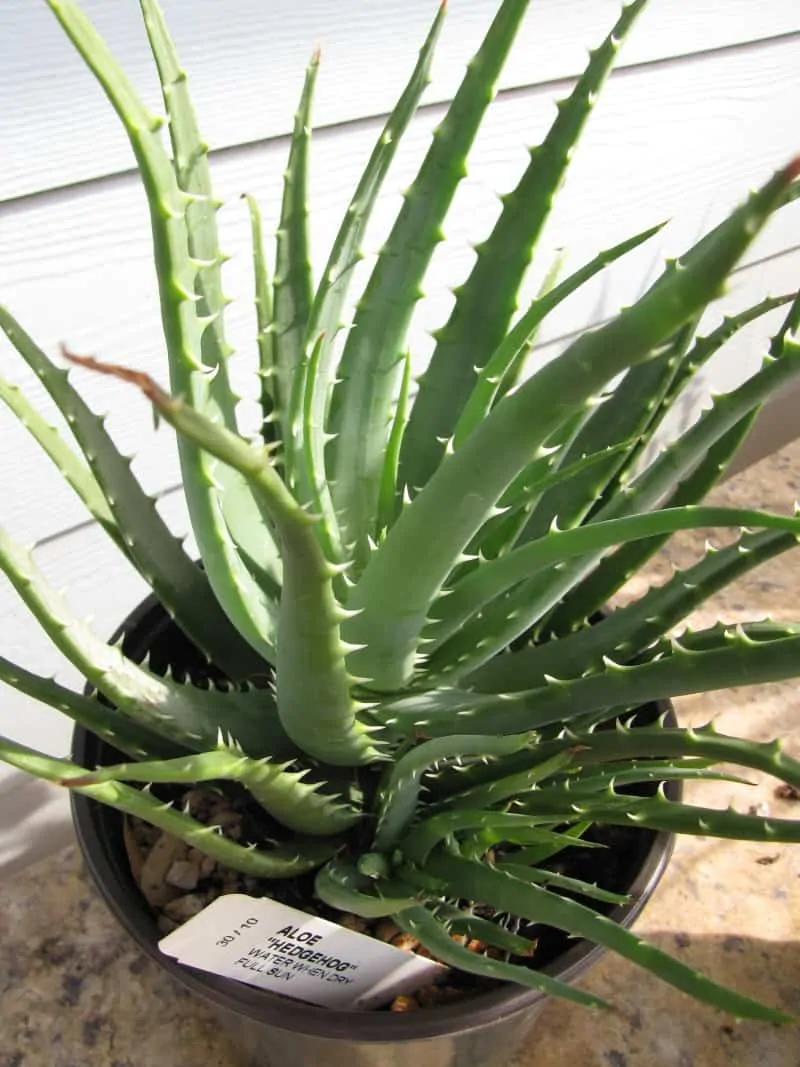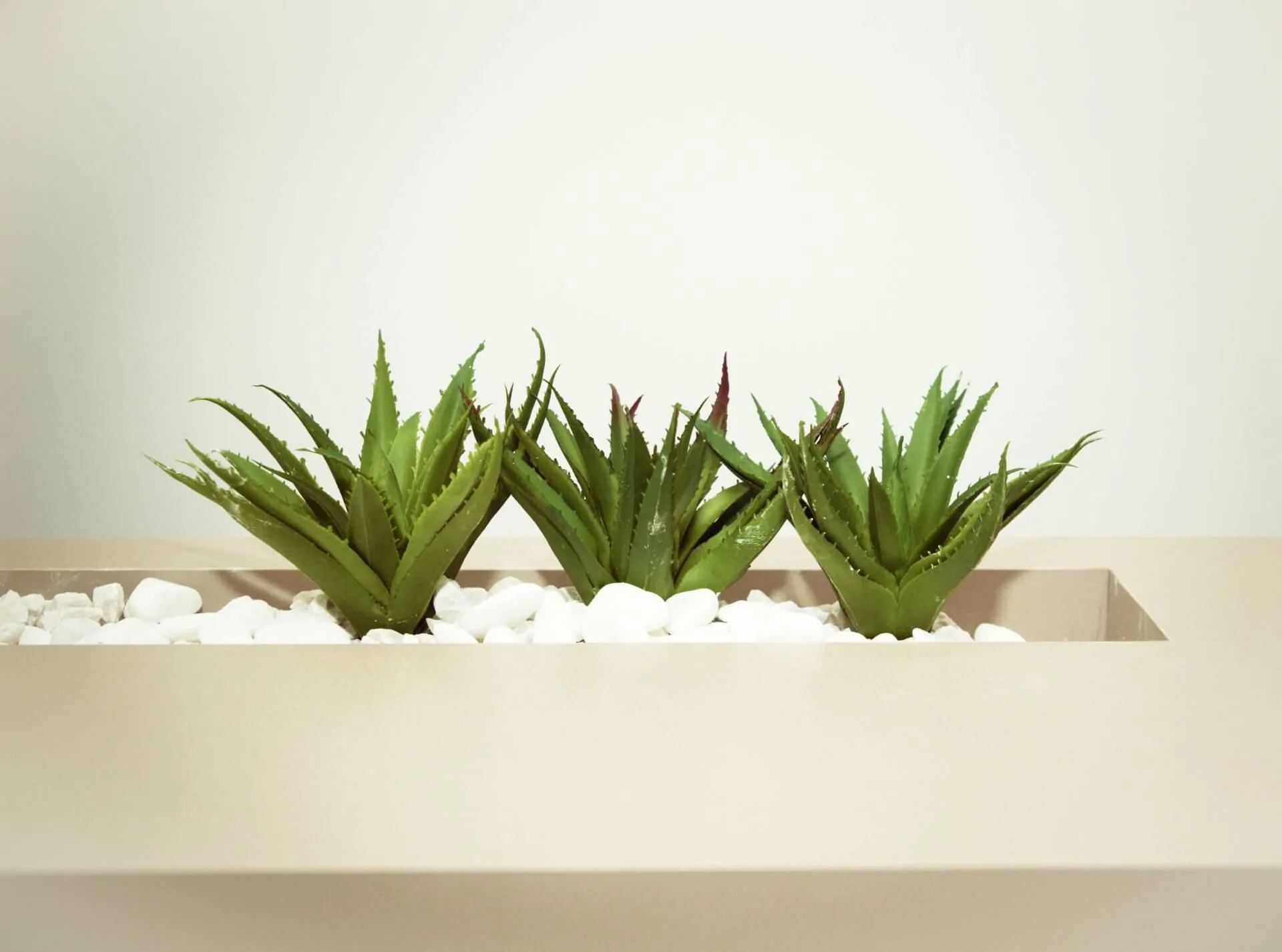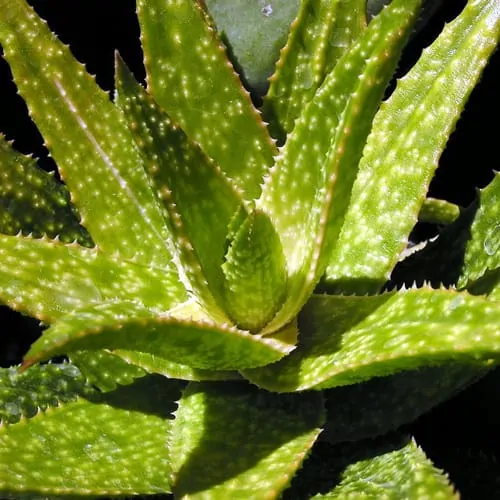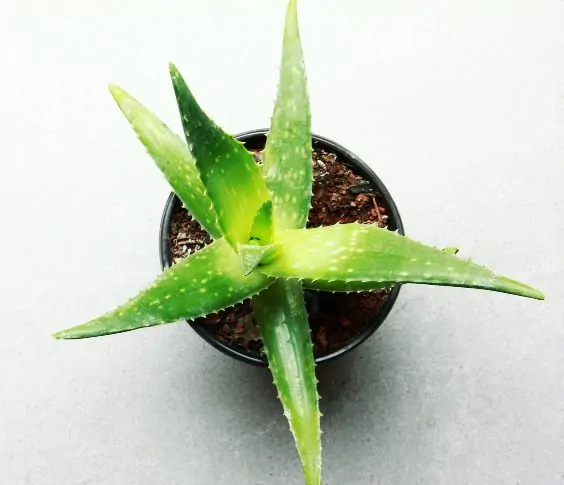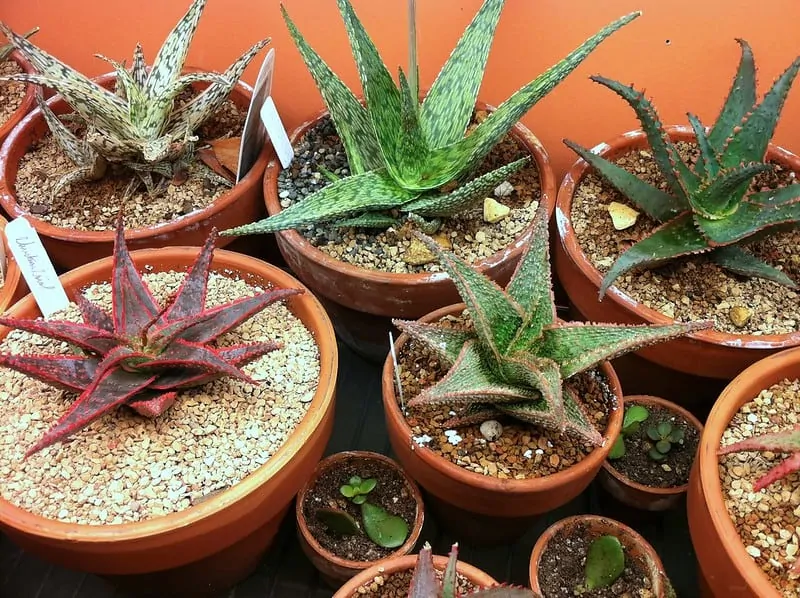How To Propagate Aloe - Easy Guide For Beginners
Welcome to this handy guide on how to propagate your aloe vera plan!
The Basics Of Aloe Vera Plant
Aloe Vera is a small, resilient plant that looks fancy and impressive with little care. It grows as big as the pot allows it and it can easily reach 20 years of age without a problem. Its leaves can grow to a wide span, provided with the right conditions.
Aloe Vera has multiple medical properties, just make sure it’s 100% Aloe Vera. The gel inside can be used to soothe and relieve burns, sunburn, allergies (unless it’s the Aloe you are allergic to), and irritations. The leaves themselves purify the air and filter out dust and formaldehyde.
Aloe Vera Plant Care
All Aloe plants are types of succulents and need care accordingly. Generally, Aloe can be grown outdoors if there is no risk of frost all year round, or indoors in a pot. Check out this list to pick your favorite type of Aloe, but keep in mind that they will not grow as big and some may look different if kept in small pots. Take a look at the refresher guide on how to care for succulents below, then head here for more detailed information on Aloe Vera plant care.
Light
Bright indirect to filtered sunWater
Only when dry, mist occasionallyTemperature
60-80 F (15-27 C)Soil
Fast-drainingHow To Propagate Aloe
Like with all succulents, there are three ways Aloe can be multiplied. Look here for how to propagate succulents in general and read below on how to propagate aloe.
Method 1: How to propagate Aloe from pups
This is probably the safest bet in terms of how to propagate Aloe. A mature plant, kept in good conditions, will start sprouting smaller versions of itself. They grow in the same pot, straight from the ground. These little Aloe are called “Pups” and they are full-blown plants themselves.
Once the pup you want to move has grown to about 1/3 of the height of the “mother” plant, it’s time to repot. You can take advantage of this and change the soil in the pot and plant the older Aloe in a bigger pot. The pup can take the original. When you have the plants in your hand, identify the roots that are still connected and cut them with sharp scissors or a knife.
Plant both Aloe Vera plants in cactus potting soil, water them abundantly and you’re done! Use this list to find the best potting soil for your needs. Do not worry if either of your plants seems to be suffering for a few days. The separation has probably affected them both and they need a bit of time to adjust to the new situation. They should be back on their roots in no time!
Pro Tip: Keep the two new plants next to each other for a few weeks to make the transition easier!
Method 2: How to propagate Aloe from clippings
If your Aloe Vera plant has a visible and easily accessible stem, you can try to propagate it from clippings. You will need sharp scissors and a strong healthy plant. This method involves cutting off the top of your plant so if it’s not strong enough to split and grow another head, it will probably wilt. Err on the side of caution and keep in mind that one plant is better than none!
Once you’re fairly sure your Aloe will make it, cut off its tip, along with 3-4 strong, fully-grown leaves. Let the clipping out on a cloth for a few days, until the cut is filmed over, then plant it in a fresh pot. Bury about 2 inches of the stem and keep all the leaves out. I advise adding some rooting hormone to encourage the plant to take root. Leave it for a few days, then water as you would any other Aloe or succulent.
This method involves some risks and it is not as surefire as the first one, but if successful, you will have a brand new tiny aloe plant, ready to join your succulents on a wall!
Method 3: How to propagate Aloe from leaves
Most succulents can be grown from a single leaf. It might seem like this is a good method, but in the case of Aloe, it is very much hit-and-miss. You can try, but it’s by far the least likely method to be successful and you have good chance of ending up with a wilted leaf in a pot. If you succeed, however, you can pride yourself on having a bright green thumb!
Start by picking a leaf. I reccomend one from the base of the plant, but still healthy and strong, for best effects and least damage to the plant. Use a knife to cut it diagonally downwards, as close to the stem as you can get. Be carefun not to damage the plant or other leaves! Leave it out to dry, on a piece of cloth or paper, for one to two weeks, until the gel is filmed over.
Dip the cut end in root hormone and plant in a pot just deep enough for the leaf to keep upright. Put the pot somewhere warm and with some sun, but not direct sunlight, and water little and often. The goal is to keep the soil moist, but not flooded. After 3 to 4 weeks you should be able to tell if the leaf has taken roots or not. If it has, gradually start watering it less often and more abundantly until you get to the usual watering pattern of an adult Aloe Vera plant.
How To Propagate Aloe: When You Have Two Plants
Now that you have a baby Aloe Vera plant, it’s time to decide what to do with it! You can let it grow and combine it with other large indoor plants for your garden room, or keep it with the small indoor plants on your desk or in your home. Try giving it as a gift, complete with a care guide for succulents and cacti, or putting it on display!
Final Thoughts
I hope you found this guide useful and you now know how to propagate Aloe! Let me know what questions, tips, or personal experiences you have in the comments section below!

